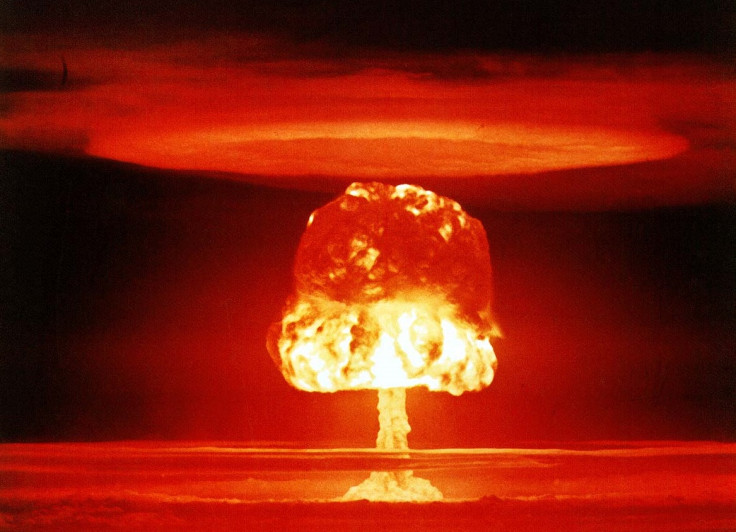How to Detect Nuclear Bombs at Airports

Scientists have developed a method of detecting nuclear bombs at airports – one of the biggest threats to security in modern times.
Detecting nuclear bombs being smuggled through airports poses a number of challenges. To make a crude bomb, terrorists need enough plutonium or highly enriched uranium. However, most cases of nuclear trafficking involve gram-level quantities of these materials, which is hard to detect via most inspection methods at airports, the International Atomic Energy Agency (IAEA) said.
Published in the Journal of Applied Physics, scientists say they have found a way to detect these tiny amounts of fissile material using standard X-ray detectors, coupled with a special algorithm.
Researchers believe their method will mean airport security can detect small levels of plutonium and uranium stored in small layered objects like baggage.
The team, from the University of Texas at Austin and the US Department of Energy's Pacific Northwest National Laboratory, say their findings have the potential to provide a new tool to stop nuclear trafficking.

Mark Deinert, one of the authors of the paper, said: "We first had to develop a computational model for how X-rays move through materials and how they are detected so that we could predict what an image will look like once the radiation passed through an object.
"With that in hand, we applied an 'inverse algorithm,' varying the composition of the object until the predicted image matched the measured one. We also gave our algorithm additional details about density and other factors—a process called 'regularisation'— to adaptively enhance its ability to discriminate materials."
Their system expands on techniques originally intended for medical applications. Lead author Andrew Gilbert said: "We wanted to show that spectrally sensitive detectors can be used to discriminate plutonium and other high-atomic-number elements from multiple layers of other materials using a single-view radiograph.
"In simulated radiographs, we were able to detect the presence of plutonium with a mass resolution per unit area of at least 0.07 gram/centimeter squared; in other words, we can locate a sample of plutonium with a thickness of only 0.036 millimeters."
Explaining how they will develop their nuclear bomb detection method on a larger scale, Deinert added: "We plan to apply the algorithm to high-energy X-ray systems that could be used for verification of arms-reduction treaties."
© Copyright IBTimes 2025. All rights reserved.




















